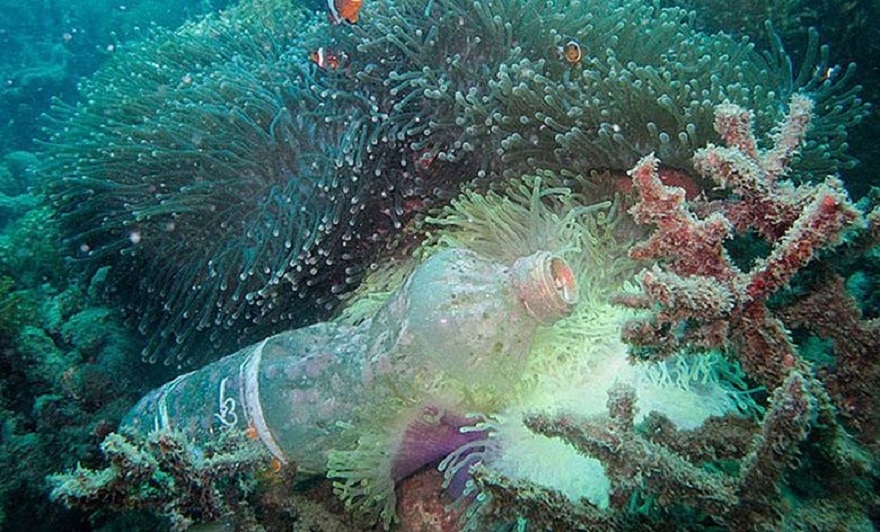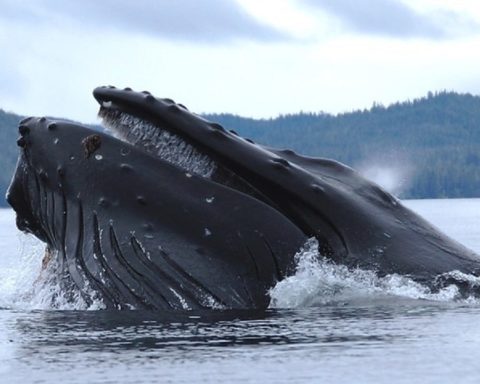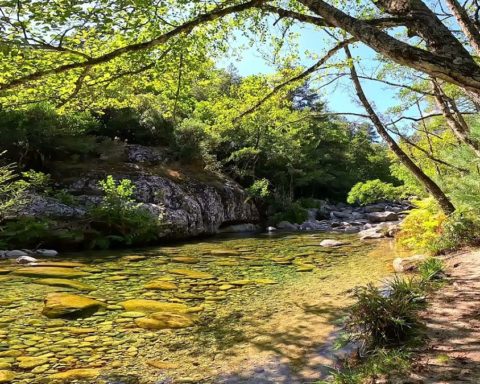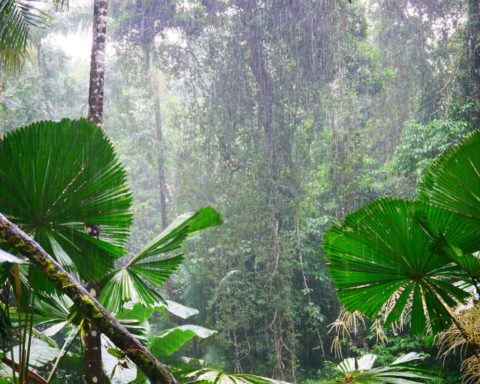
A 7th continent in constant formation

The 7th continent: micro and nano particles of plastic waste
READ ALSO IN UP' : Microplastics in the ocean: real trash continents





READ ALSO IN UP' : Microplastics in the ocean: real trash continents



Why not enjoy unlimited reading of UP'? Subscribe from €1.90 per week.



Already registered? I'm connecting
Register and read three articles for free. Subscribe to our newsletter to keep up to date with the latest news.
→ Register for free to continue reading.

You have received 3 free articles to discover UP'.





